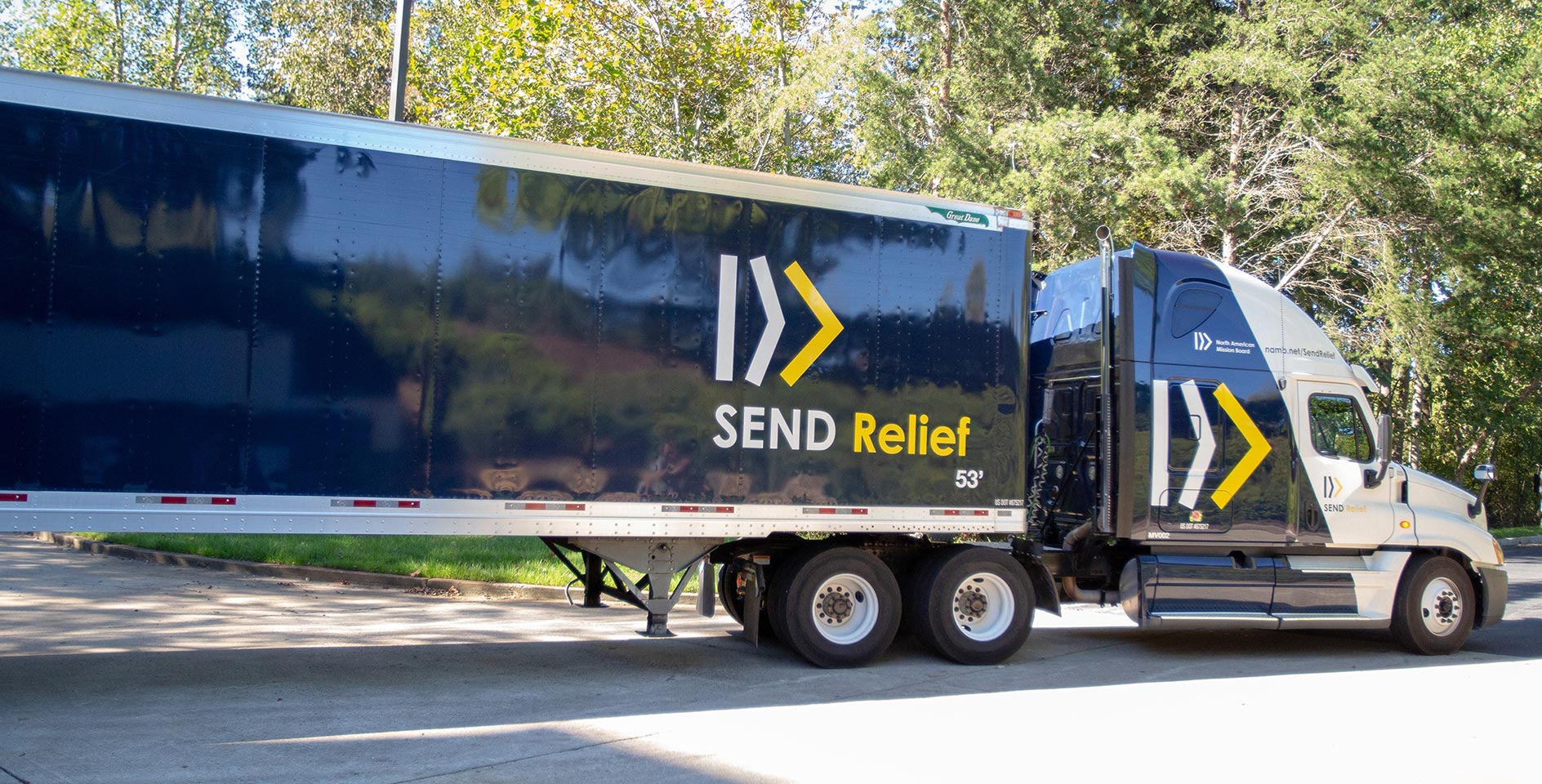This past weekend torrential rains caused a major flood throughout lower Louisiana. Here’s what you should know about what is being called the worst natural disaster to hit the United States since Superstorm Sandy.
How much rain has Louisiana received?
According to the Red Cross, the state has been hit by 6.9 trillion gallons of rain – enough to fill 10.4 million Olympic pools.
How many people have died in the disaster?
As of August 18, the death toll has reached 13.
How many people have been affected or displaced?
So far, notes ABC News, 40,000 homes and businesses have been affected, 70,000 people have registered for individual assistance, more than 9,000 have filed flood insurance claims, and 8,000 people are still in shelters. And according to CNN, the US Coast Guard and other first responders rescued more than 20,000 people over the weekend. At least 30 parishes have been or are expected to be declared disaster areas.
Does the flood increase the risk of Zika disease?
The Zika virus is carried by mosquitos which tend to thrive in standing, stagnant water. But Ben Beard of the Centers for Disease Control and Prevention says the agency is currently not concerned about floods triggering the spread of Zika. Mosquitoes that transmit diseases are killed by the same rains that cause the flooding, and large rain events can actually reduce the number of disease-transmitting mosquitoes.
What exactly is a flood and what causes it?
Flooding typically occurs, says the National Weather Service, when prolonged rain falls over several days, when intense rain falls over a short period of time, or when an ice or debris jam causes a river or stream to overflow onto the surrounding area. Flooding can also result from the failure of a water control structure, such as a levee or dam.
The most common cause of flooding — as in the case of Louisiana this week — occurs when water due to rain and/or snowmelt that accumulates faster than soils can absorb it or rivers can carry it away. Approximately 75 percent of all Presidential disaster declarations are associated with flooding.
The rainfall in this flood was caused by a combination of tropical moisture and a low pressure front off the coast of Louisiana over the Gulf of Mexico.
Why isn’t this disaster receiving more national attention?
One reason may be that, unlike Hurricane Katrina or Superstorm Sandy, this flood does not have a name. “When you have a storm that is unnamed — it wasn't a hurricane, it wasn't a tropical event — people underestimate the impact that it would have," said Louisiana Governor John Bel Edwards. "But this is historic. It's unprecedented and we are seeing unprecedented flood levels as the water moves south."
And as Federal Emergency Management Agency administrator Craig Fugate said, "You have the Olympics. You got the election. If you look at the national news, you're probably on the third or fourth page. FEMA understands this is a very large disaster impacting tens of thousands of people. Irregardless of whether it is getting in the national coverage, we know this has had a significant impact in Louisiana."
How are Southern Baptists providing relief?
Southern Baptists have 65,000 trained volunteers and 1,550 mobile units for feeding, chainsaw, mud-out, command, communication, child care, shower, laundry, water purification, repair/rebuild and power generation, notes the Baptist Press. The North American Mission Board’s Southern Baptist Disaster Relief (SBDR) is one of the three largest mobilizers of trained disaster relief volunteers in the United States, along with the American Red Cross and The Salvation Army.
How can I provide financial assistance?
Those wishing to donate to SBDR relief can contact the Baptist convention in their state or visit donations.namb.net/dr-donations. For phone donations, call 1-866-407-NAMB (6262) or mail checks to NAMB, P.O. Box 116543, Atlanta, GA 30368-6543. Designate checks for “Disaster Relief.”
This update originally appeared in The Weekly. To subscribe, click here.










